Locals left in firms’ wake
Vietnam’s rising rate of ships detained abroad has given an edge to international shipping firms in sealing lucrative transport contracts.
 Vietnamese shipping are encountering increasingly choppy waters |
Over the past 10 years, Vietnam has consistently appeared on a ‘blacklist’ issued by the Port State Control Committee, a function of the memorandum of understanding on port state control (Tokyo MoU) in the Asia-Pacific region. The memorandum established a port state control regime in the Asia-Pacific region to eliminate substandard shipping and promote maritime safety, as well as to protect the marine environment and safeguard the working and living conditions on board.
Nguyen Vu Hai, head of the shipping department under the Vietnam Register, said the number of detained ships was a ‘red alarm’, and port authorities worldwide had begun inspecting all Vietnamese ships entering their ports.
Old vessels, inadequate repairs and poor-quality workers and management were the primary reasons for the detention of so many Vietnamese ships, according to a report issued by the Vietnam Register.
At present, Vietnam has approximately 1,200 vessels, 432 of which are operating in international maritime routes. The average life span of a Vietnamese ship is 14.5 years and the oldest ship still operating on international maritime routes is 45 years old.
Hai said that inspections were being tightened at international ports in order to prevent substandard ships from entering and damaging the ecology or security of the area. In addition to the Tokyo MoU, eight other memorandums were established to inspect and detain substandard ships, including the Paris MoU and Vina del Mar Agreement.
“Vietnam’s inclusion on the blacklist of port authorities worldwide has not only damaged our trademark and increased shipping costs, but has also impacted the prestige of the country’s maritime sector and the country in general,” said Hai.
Nguyen Tuong, former vice head of the Ministry of Transport’s International Relations Department and an expert in the logistics sector, expressed concern that the detention of Vietnam’s ships would impact on shippers.
“If a ship carrying goods is detained at a port, the shipper’s reputation will be affected and it will lose out on business opportunities. It will also have to compensate its partners for any damage,” said Tuong.
The high rate of detention among Vietnamese ships is one reason shippers choose foreign companies to transport their goods, instead of hiring domestic firms.
In recent years, imports and exports have been steadily increasing and 80 per cent of Vietnamese goods are transported through sea routes. Each year approximately 170 million tonnes of goods are transported via the country’s ports.
However, international shipping companies account for 80 per cent of the market, with domestic shipping companies relegated to the remaining 20 per cent.
Speaking at a conference on port and logistics held in Hanoi last month, Vietnam managing director Tan Hua Joo said that the country was a hot market for international shipping firms.
“Local shippers still don’t have faith in domestic shipping companies so they choose FOB-based export and CIF-based import for safety. That means international shipping firms will have more opportunities to transport Vietnamese goods,” said Tuong.
Last year, Vietnam handled 3.71 million 20-foot equivalent units, 21.6 per cent more than in 2005.
Containerised volume growth of 19.8 per cent per year in 1995-2006 was expected to accelerate to 25 per cent in coming years, said Tan.
What the stars mean:
★ Poor ★ ★ Promising ★★★ Good ★★★★ Very good ★★★★★ Exceptional
Latest News
More News
- Trump may mean challenges for Vietnam but FDI remains strong (November 26, 2024 | 08:30)
- HCM City set to welcome fresh wave of US investment (November 26, 2024 | 08:00)
- Dynamic M&A landscape felt in food and beverages (November 25, 2024 | 16:21)
- River lights up Danang growth goals (November 25, 2024 | 10:00)
- Concerted efforts improve Ca Mau’s development status (November 25, 2024 | 09:14)
- Citi: Vietnam and India may benefit most from supply chain shifts (November 22, 2024 | 15:54)
- Foreign investors flocking to southern region (November 21, 2024 | 17:33)
- Ninh Thuan charms industrial development investors (November 21, 2024 | 12:21)
- M&A prospects bright in many sectors (November 21, 2024 | 11:54)
- M&As working in tandem with health development (November 21, 2024 | 11:29)


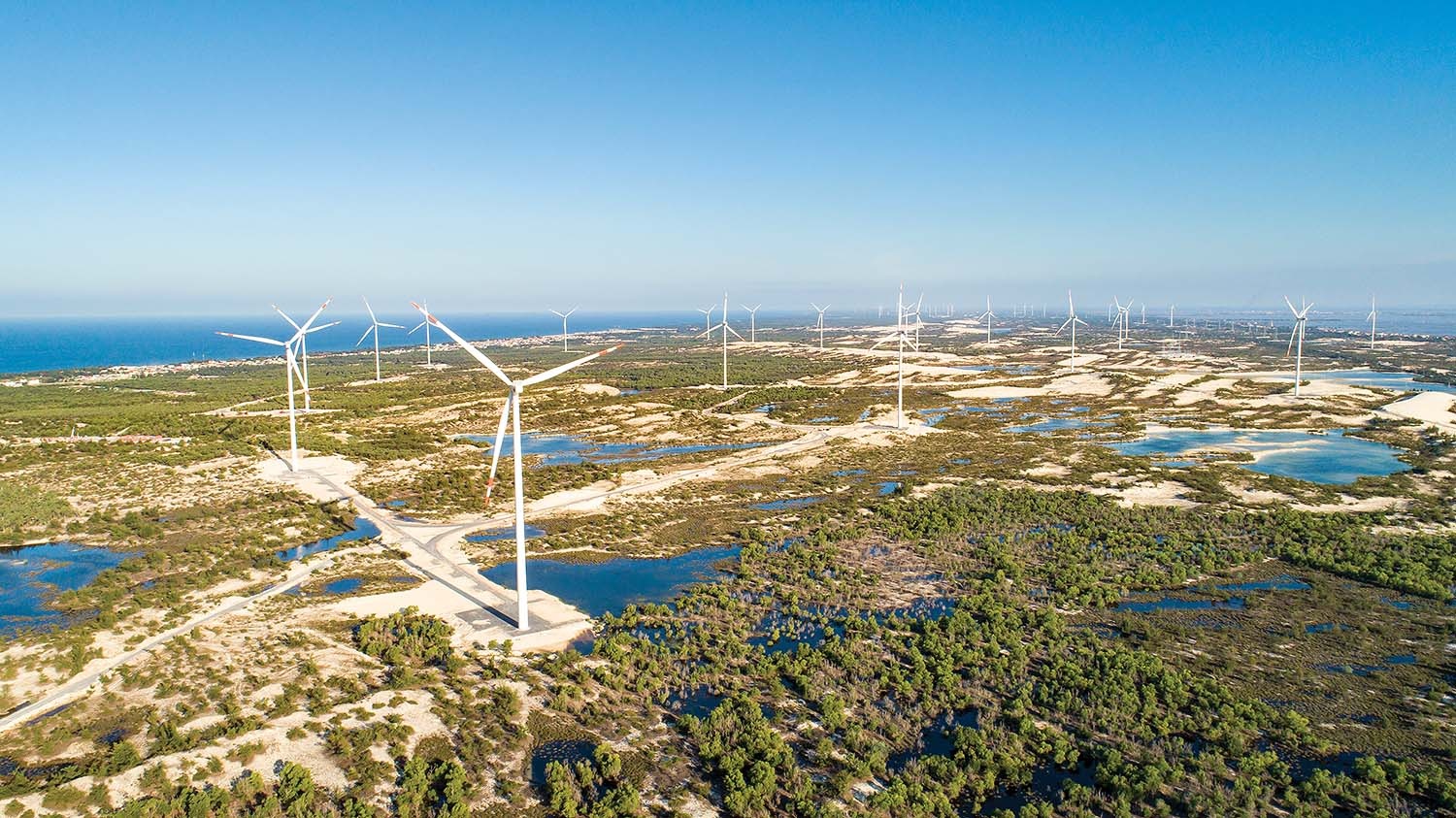


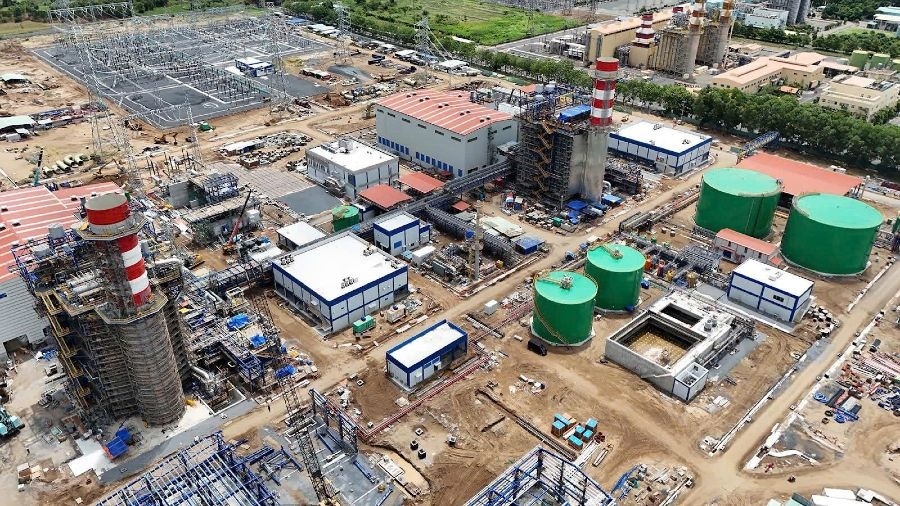

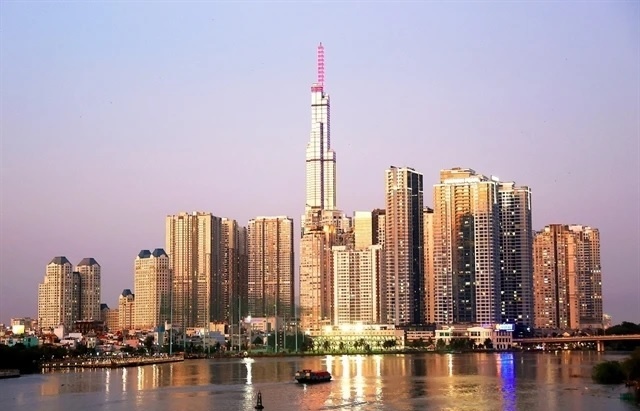




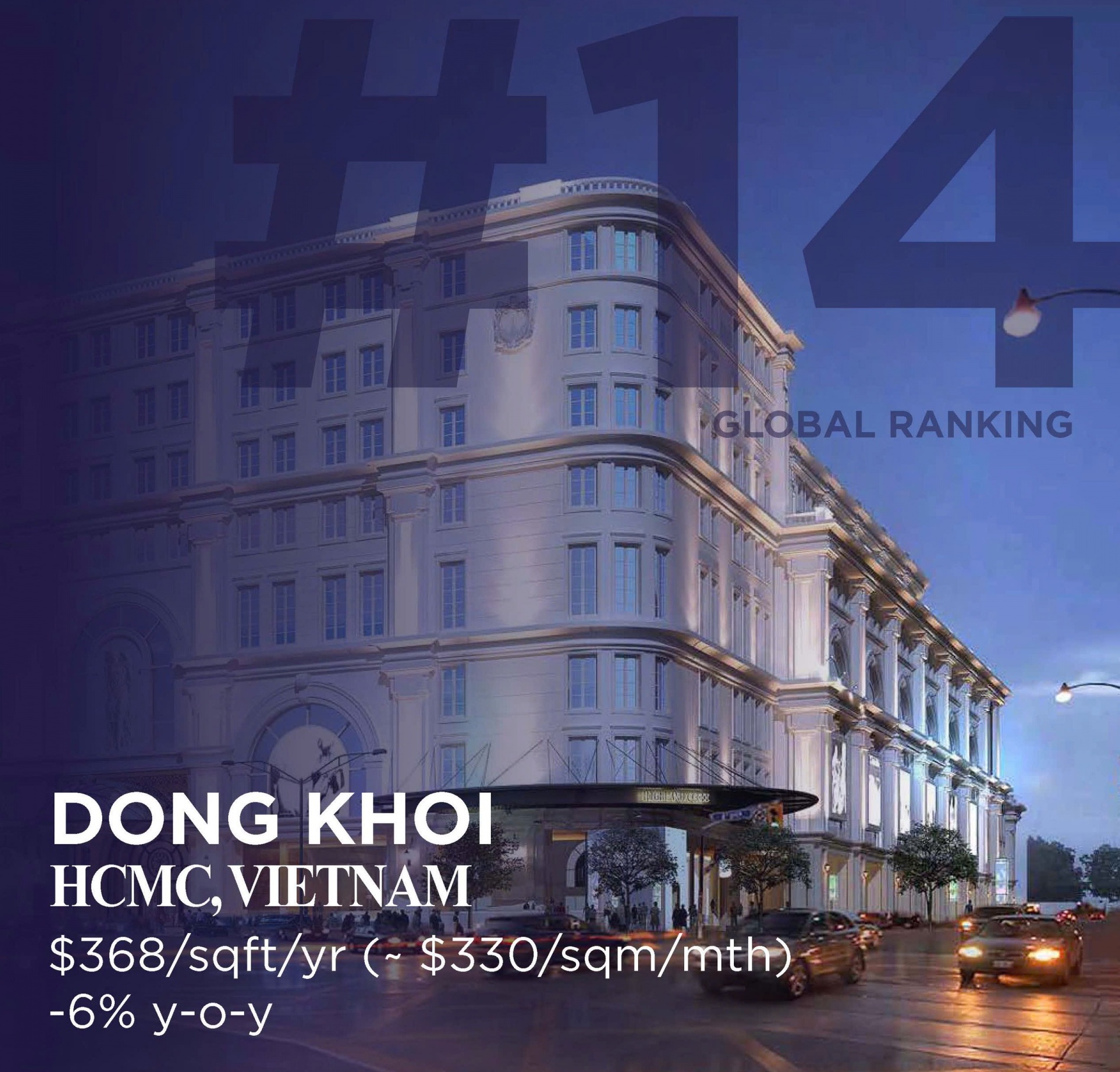
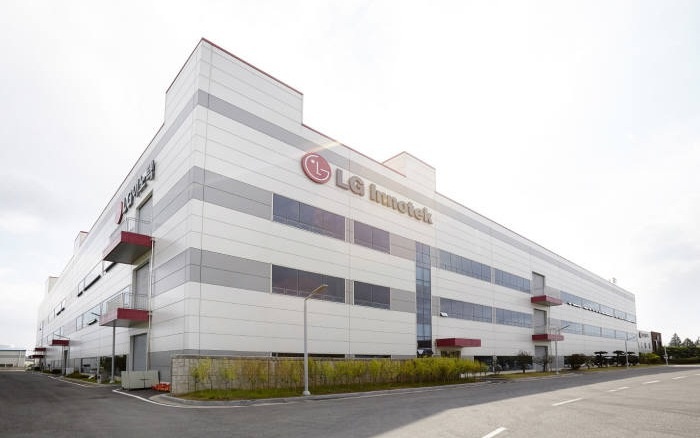



 Mobile Version
Mobile Version